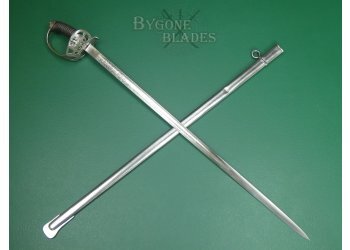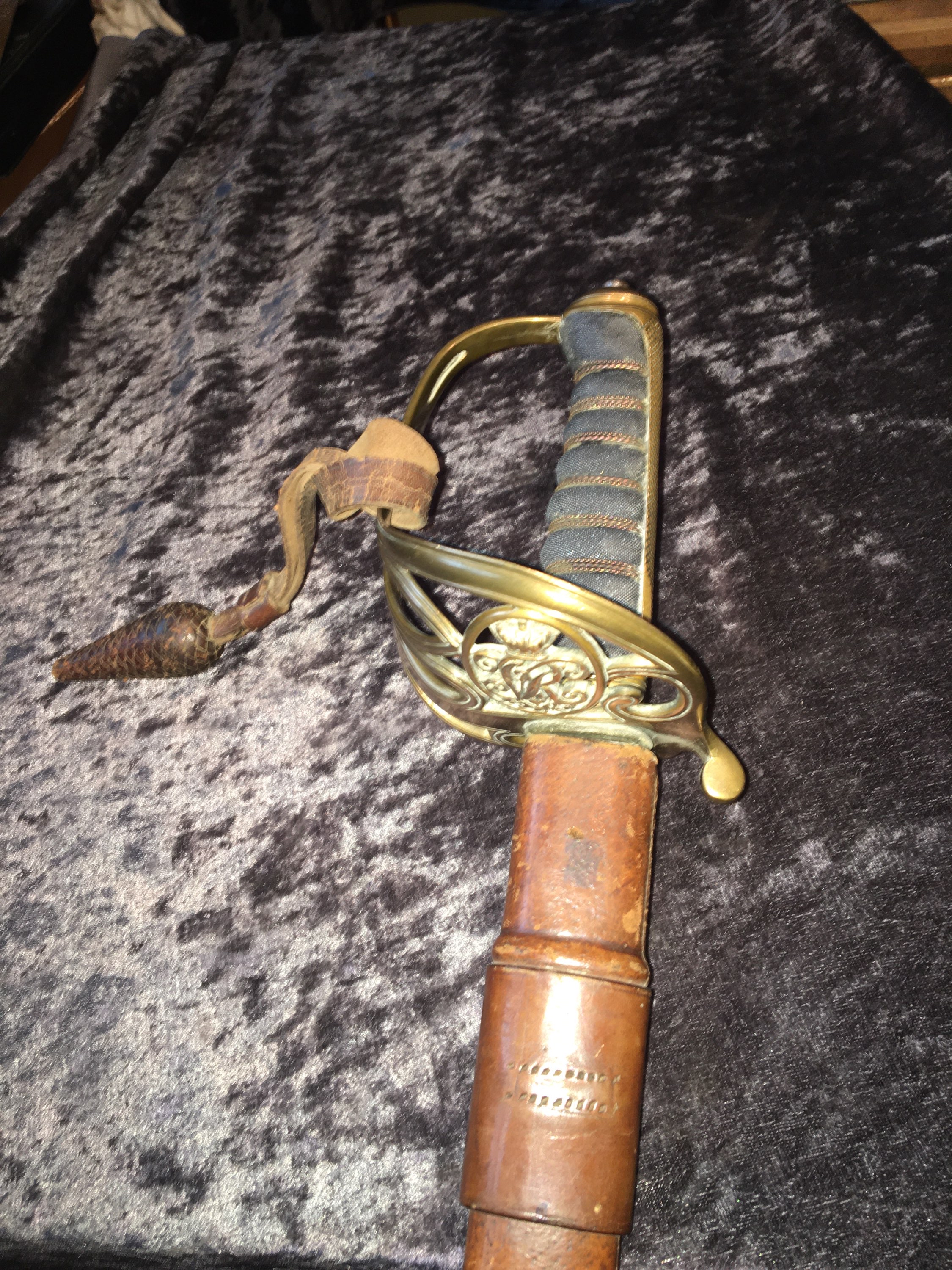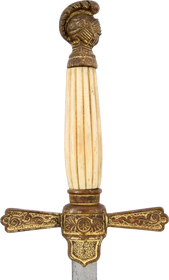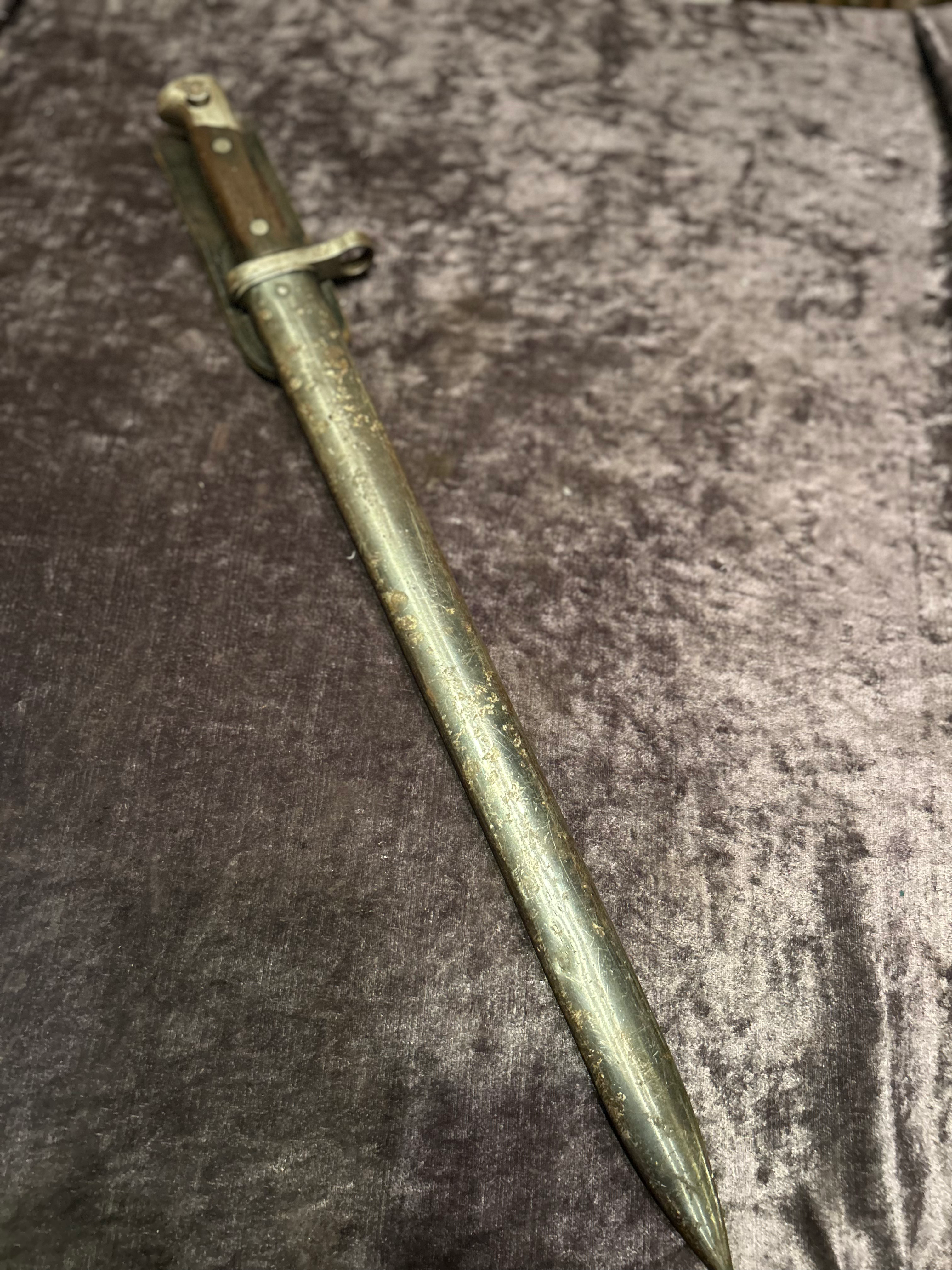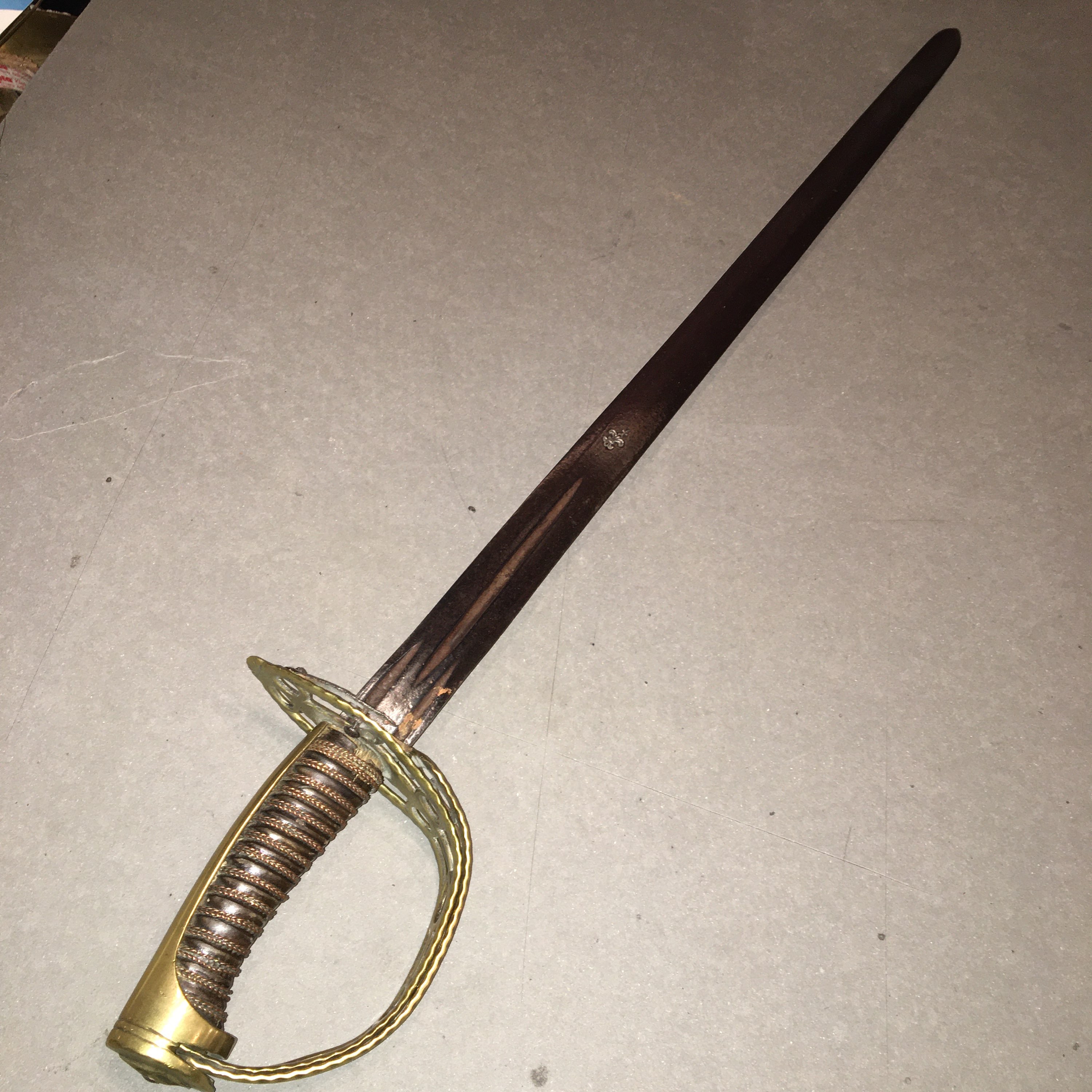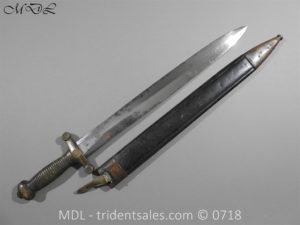For Sale
The following items are listed by for sale by users of the site and dealers. They are in no way endorsed or guaranteed by www.oldswords.com
Add a Classified ItemYou can also receive regular email notifcations when items match your keywords. To recieve them just register or logon at the top right of this page.
- Nation : American
- Local Price : 575.00 USD
- Nation : British
- Local Price : $795.00 CAD
- Nation : -
- Local Price : 555.00 USD
- Nation : -
- Local Price : 550.00 USD
- Nation : Italian
- Local Price : £400.00
- Nation : British
- Local Price : £400.00
- Nation : French
- Local Price : £400.00
- Nation : American
- Local Price : 545.00 USD
- Nation : American
- Local Price : 545.00 USD
- Nation : Russian
- Local Price : £395.00
- Nation : Spanish
- Local Price : £395.00
- Nation : British
- Local Price : £395.00
- Nation : British
- Local Price : £395.00
- Nation : Italian
- Local Price : £395.00
- Nation : British
- Local Price : £395.00
- Nation : German
- Local Price : £395.00 GBP
- Nation : French
- Local Price : £395.00
- Nation : Russian
- Local Price : £395.00
- Nation : Canada
- Local Price : $750.00 CAD
- Nation : British
- Local Price : $750.00 CAD
- Nation : German
- Local Price : $750.00 CAD
- Nation : -
- Local Price : 535.00 USD
- Nation : German
- Local Price : £385.00
- Nation : French
- Local Price : £385.00


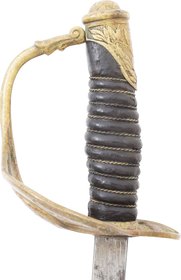

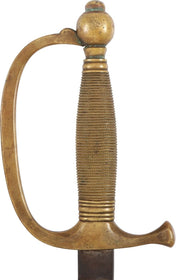
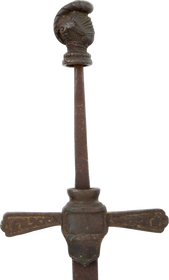



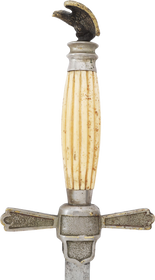
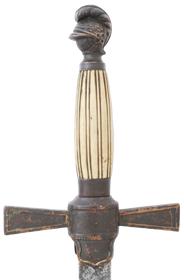
.jpg)

.jpg)
.jpg)

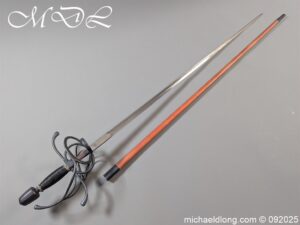


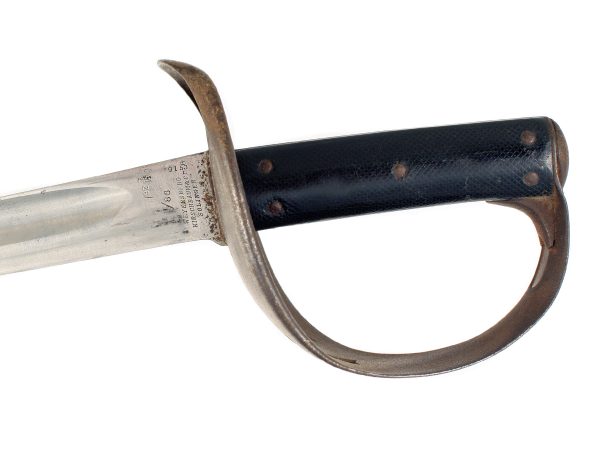
.jpg)

